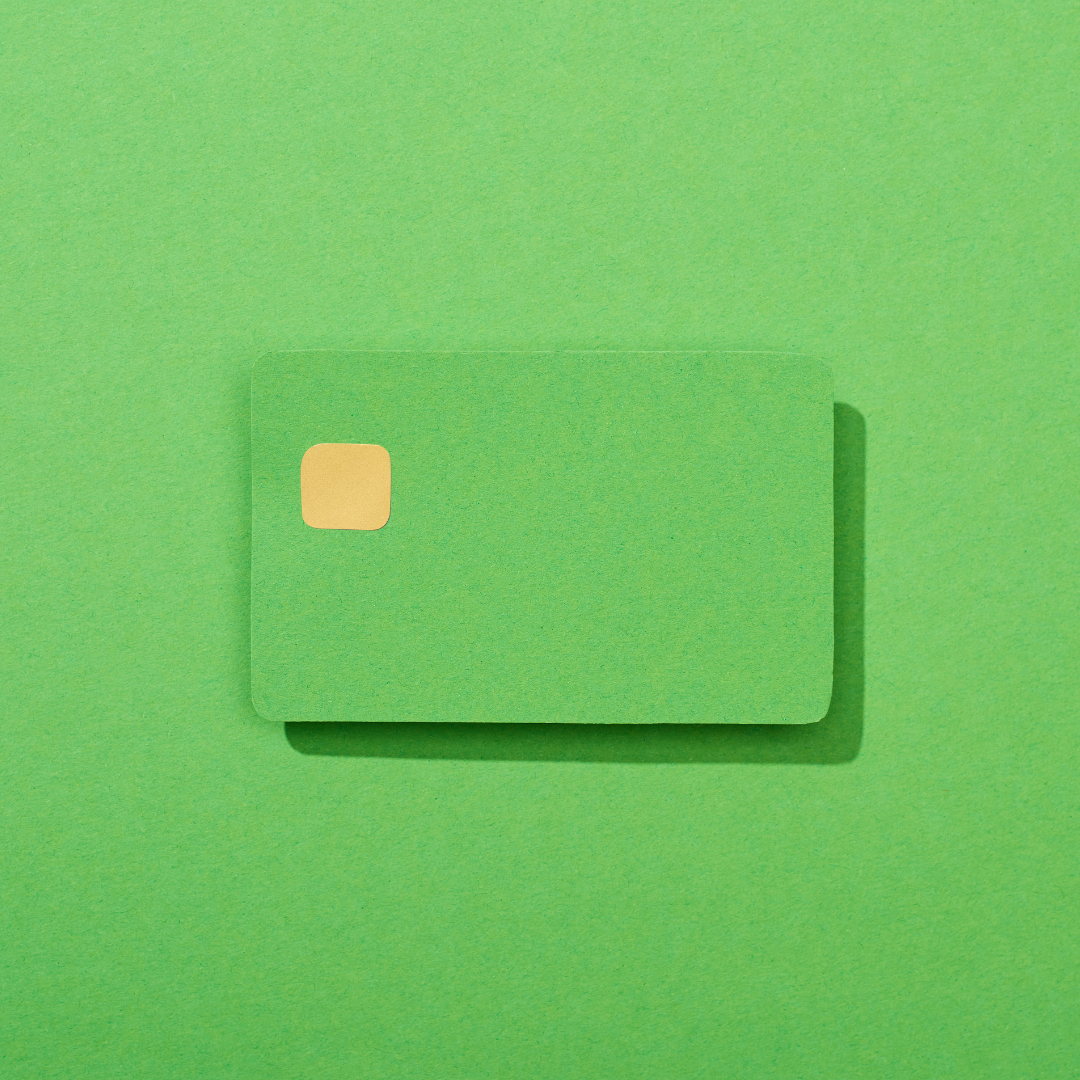How Credit Cards Work
Take a look at the front of your credit card. What you’ll likely see is the branding – maybe a bank logo, store brand or nonprofit organization. Now turn your card over and look at the back. What you may find in small print is the issuer of your credit card. That’s who you send your payments to each month.
Sometimes the brander and issuer of the card are the same, but often they are not – and the issuer is who determines whether the fees associated with using the card align with your values.
Those fees include:
- Annual fees you pay to use the card (not all credit cards have this).
- Interest fees you pay if you carry a balance from month to month (usually quite high).
- Transaction fees that merchants pay (usually around 3% of the purchase price).
This means that even if your credit card has no annual fee, and you pay it off in full each month, your purchases are still responsible for transaction fees that go to your credit card issuer.
How can you make sure these fees are used in a way that aligns with your values? Find a socially responsible issuer for your credit card, usually a responsible bank or credit union.
Learn more by clicking on the resources below.






















